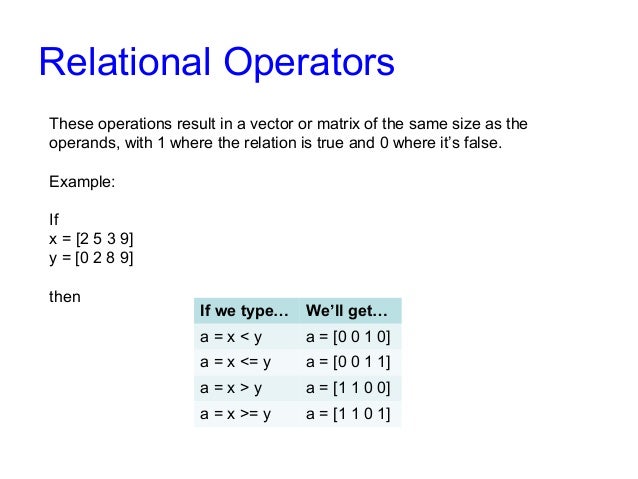

If a matrix contains either a row of zeros or a column of zeros, the determinant equals zero.If either two rows or two columns are identical, the determinant equals zero.When two rows are interchanged, the determinant changes sign.If the matrix is in upper triangular form, the determinant equals the product of entries down the main diagonal.Certain properties of determinants are useful for solving problems.Cramer’s Rule is also useful for finding the solution of a system of equations with no solution or infinite solutions.To solve a system of three equations in three variables using Cramer’s Rule, replace a variable column with the constant column for each desired solution: See (Figure).Add the three diagonal entries (upper left to lower right) and subtract the three diagonal entries (lower left to upper right). To find the determinant of a 3×3 matrix, augment with the first two columns.Cramer’s Rule replaces a variable column with the constant column.Consider a system of two equations in two variables. To understand Cramer’s Rule, let’s look closely at how we solve systems of linear equations using basic row operations. To find out if the system is inconsistent or dependent, another method, such as elimination, will have to be used. However, if the system has no solution or an infinite number of solutions, this will be indicated by a determinant of zero. Cramer’s Rule is a viable and efficient method for finding solutions to systems with an arbitrary number of unknowns, provided that we have the same number of equations as unknowns.Ĭramer’s Rule will give us the unique solution to a system of equations, if it exists. Known as Cramer’s Rule, this technique dates back to the middle of the 18th century and is named for its innovator, the Swiss mathematician Gabriel Cramer (1704-1752), who introduced it in 1750 in Introduction à l’Analyse des lignes Courbes algébriques. We will now introduce a final method for solving systems of equations that uses determinants. Using Cramer’s Rule to Solve a System of Two Equations in Two Variables


 0 kommentar(er)
0 kommentar(er)
